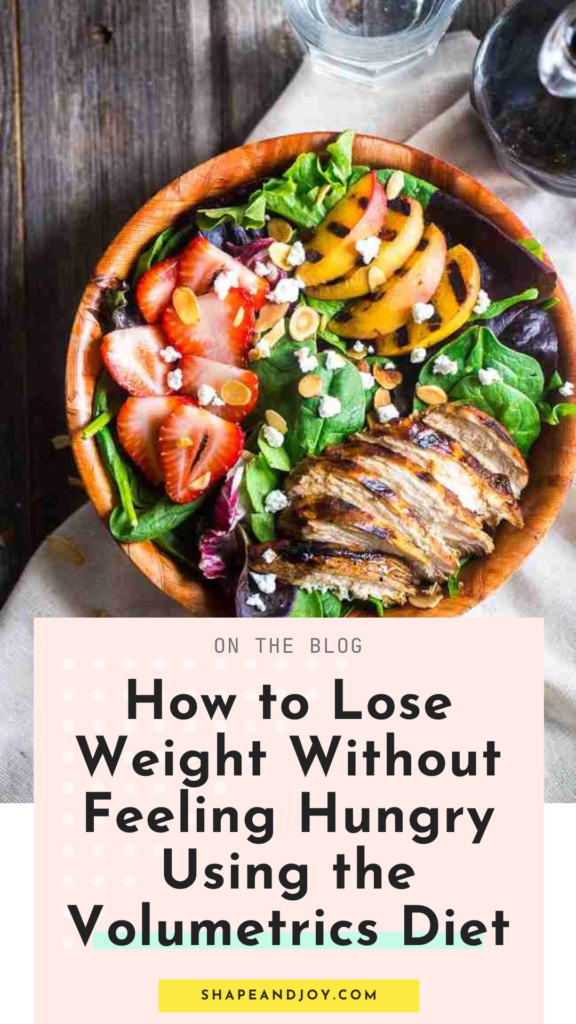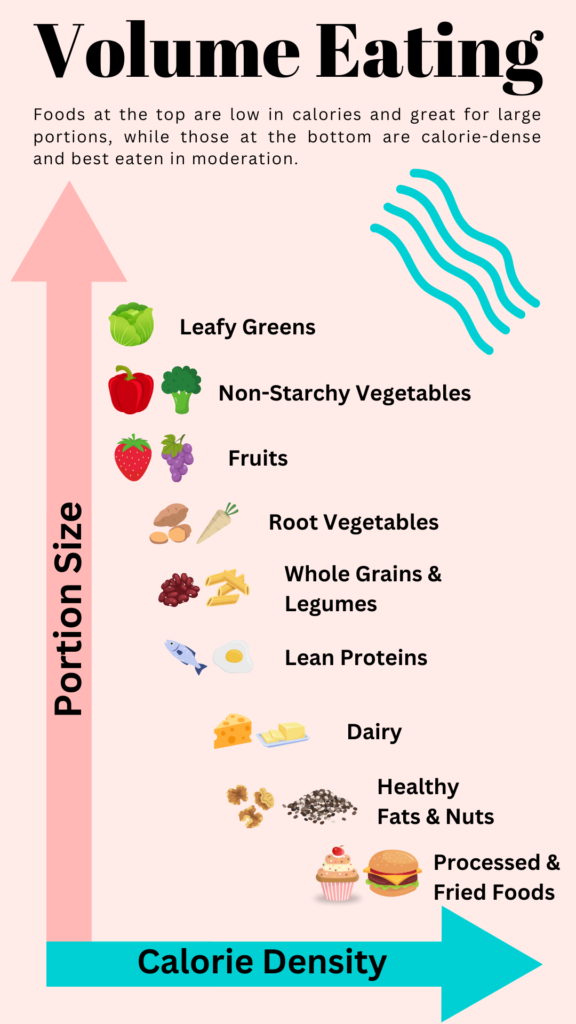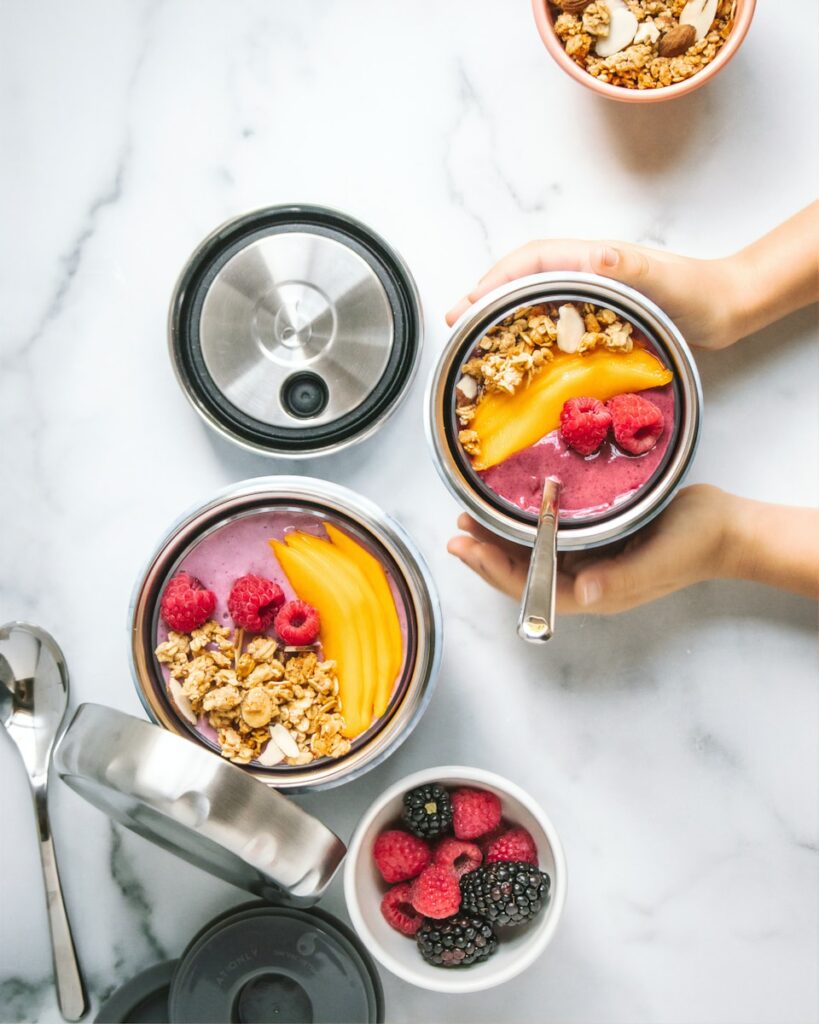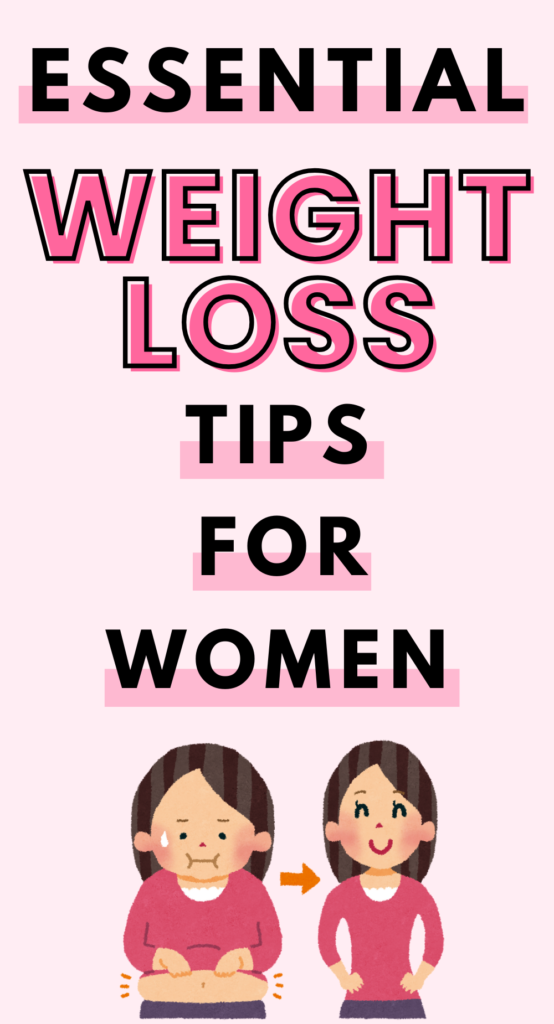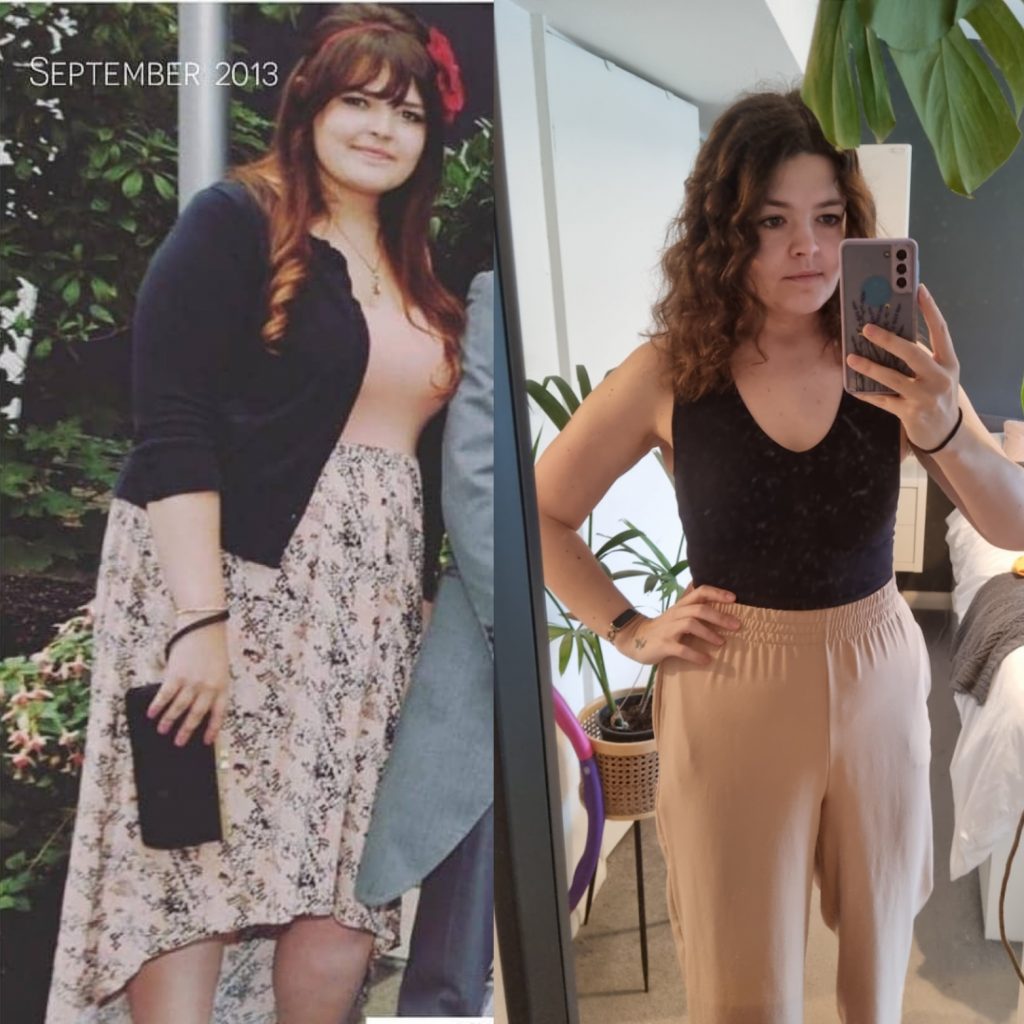Why Motivation Fails (and What Actually Keeps You Consistent)

Ever notice how fired up you are on a Monday morning? You’ve got the fresh-start buzz, the shiny new losing weight plan, maybe even the best intentions for a Fat Burning Home Workout… and by Thursday, it’s all gone.
You’re knackered, the snacks are calling, and your “I’ll lose belly fat this time” vow feels like a distant memory.
This isn’t you being weak. This is simply why motivation fails. Like your phone battery, motivation drains fast if you’re constantly running it on high-power apps like stress, perfectionism, and “all or nothing” thinking.
And when it dies, so does your drive to stick to the plan.
In this post, we’re breaking down the motivation battery, what depletes it, what recharges it, and how to stop relying on it altogether.
You’ll learn how to make consistency easy with habits, how to shift your identity into “healthy person mode,” and why seeing results like real body transformations never comes from motivation alone.
So grab a cuppa, ditch the guilt, and let’s dig into why motivation fails, and what actually keeps you consistent.
The Motivation Battery: What Fuels It, What Drains It
Think of motivation like a phone battery. Every time you push through exhaustion, restrict too much food, or obsess over how to lose lower belly fat in a week, you’re draining your charge.
Things that drain your motivation battery:
- Overly strict diets and cutting calorie intake too low
- Relying only on willpower instead of systems
- Stress, lack of sleep, and perfectionism
- Beating yourself up with “Why am I not losing weight tips” Google searches
Things that recharge it:
- Rest, recovery, and fun (yes, fun is a fat loss tool)
- Support systems and accountability buddies
- Celebrating small wins, whether it’s 5 lbs down or finishing a workout for beginners
- Simple routines that run on autopilot
But here’s the kicker: batteries always run out. That’s why relying on motivation alone keeps you yo-yoing.
If this feels familiar, it’s time to look at The Habit Loop & Weight Loss: How to Rewire Your Brain for Change. That’s where the real switch happens.

Why Relying on Motivation Leads to Burnout
The problem with motivation is it’s a short-term spark. It can carry you through a week of healthy smoothies and the best fat burning workout, but it fizzles out fast when life gets messy.
External triggers – holidays, birthdays, “fresh start Mondays”, are like dodgy chargers. They give you a quick jolt, but they’re not built for the long haul.
Before you know it, you’re stuck googling how does fat loss work or wondering how long to lose 20 lbs because your battery’s gone flat again.
And this is where perfectionism sneaks in. One missed workout, one takeaway, and suddenly you think the whole losing weight transformation is ruined.
That’s the all-or-nothing trap, and it’s brutal.
If you’ve ever fallen into that mindset, you’ll want to read The All-or-Nothing Trap: Why Perfectionism Is Killing Your Progress.
📌 Pin this for later! ⬇

The Real Secret: Consistency Comes from Habits, Not Motivation
Habits are the battery saver mode.
Once you’ve built effective workout routines or a default way of eating that includes metabolism boosting foods and fat burning foods, you don’t have to think about it. You just do it.
Think of it like brushing your teeth. You don’t need to hype yourself up with fat burning tips to do it, you just get on with it.
The key isn’t pushing through every time, it’s making it a habit so small you couldn’t not do it.
To see exactly how this works in practice, read The Habit Loop & Weight Loss: How to Rewire Your Brain for Change.

Identity Shifts: The Long-Term Power Source
Now here’s the real game-changer: motivation is a quick charge, habits are steady, but identity is like upgrading to a battery that never fully drains.
When you shift from “I’m trying to lose belly fat” to “I’m someone who takes care of my health,” everything changes.
Suddenly, workouts aren’t chores, they’re part of who you are.
This is how you go from chasing how to get started losing weight to living as someone who simply manages weight naturally.
It’s the difference between googling how long does it take to lose 40 lbs every January and actually hitting realistic weight goals that last.
To dive deeper, check out Identity Shifts: How to See Yourself as a “Healthy Person” (Before the Weight Comes Off).

Pulling It Together: Building a Sustainable Power Source
Here’s the truth: why motivation fails is because it’s never meant to last. It drains, it dies, and it leaves you frustrated.
Habits are what keep you ticking along. Identity is what makes it permanent.
Stop chasing quick charges like a dodgy body wrap. Build a system that runs on habits and identity shifts, and you’ll get further than any “best way to lose 20 pounds in 30 days” scheme ever could.
That’s when the realistic weight goals turn into real body transformations.
I know this because I’ve been through it myself. Motivation got me started, but it was habits and identity shifts that carried me through losing over 80lbs. If you’re curious about the messy, real-life side of it, I share everything in How I Lost Over 80lbs: Tips for Starting a Weight Loss Journey.

Struggling with Emotional Eating?
If you ever find yourself raiding the cupboards when you’re stressed, bored, or just feeling “off,” you’re not broken and you’re not weak.
It’s emotional eating, a coping mechanism many of us lean on.
That’s exactly why I created Food & Your Feelings: Break Free From Emotional Eating & Take Back Control.
It’s a bite-sized, no-judgement guide that helps you understand why it happens, spot your triggers, and build real strategies that actually work in the moment.

Think of it as your practical toolkit for calming cravings, handling emotions without food, and finally feeling more in control (without crash diets or guilt).
If you’re ready to stop stress-eating and start feeling calmer, stronger, and more in tune with your body, this little guide is where you begin.
Read These Next
- The Habit Loop & Weight Loss: How to Rewire Your Brain for Change
- The All-or-Nothing Trap: Why Perfectionism Is Killing Your Progress
- Identity Shifts: How to See Yourself as a “Healthy Person” (Before the Weight Comes Off)
Conclusion
Motivation will always run flat. Habits and identity?
They’ll carry you through the days you don’t feel like it.
Stop chasing sparks, build your power source.
Next Steps
“You don’t rise to the level of your motivation. You fall to the level of your habits.”
Read This Next: The Habit Loop & Weight Loss: How to Rewire Your Brain for Change
📌 Pin this for later! ⬇










































